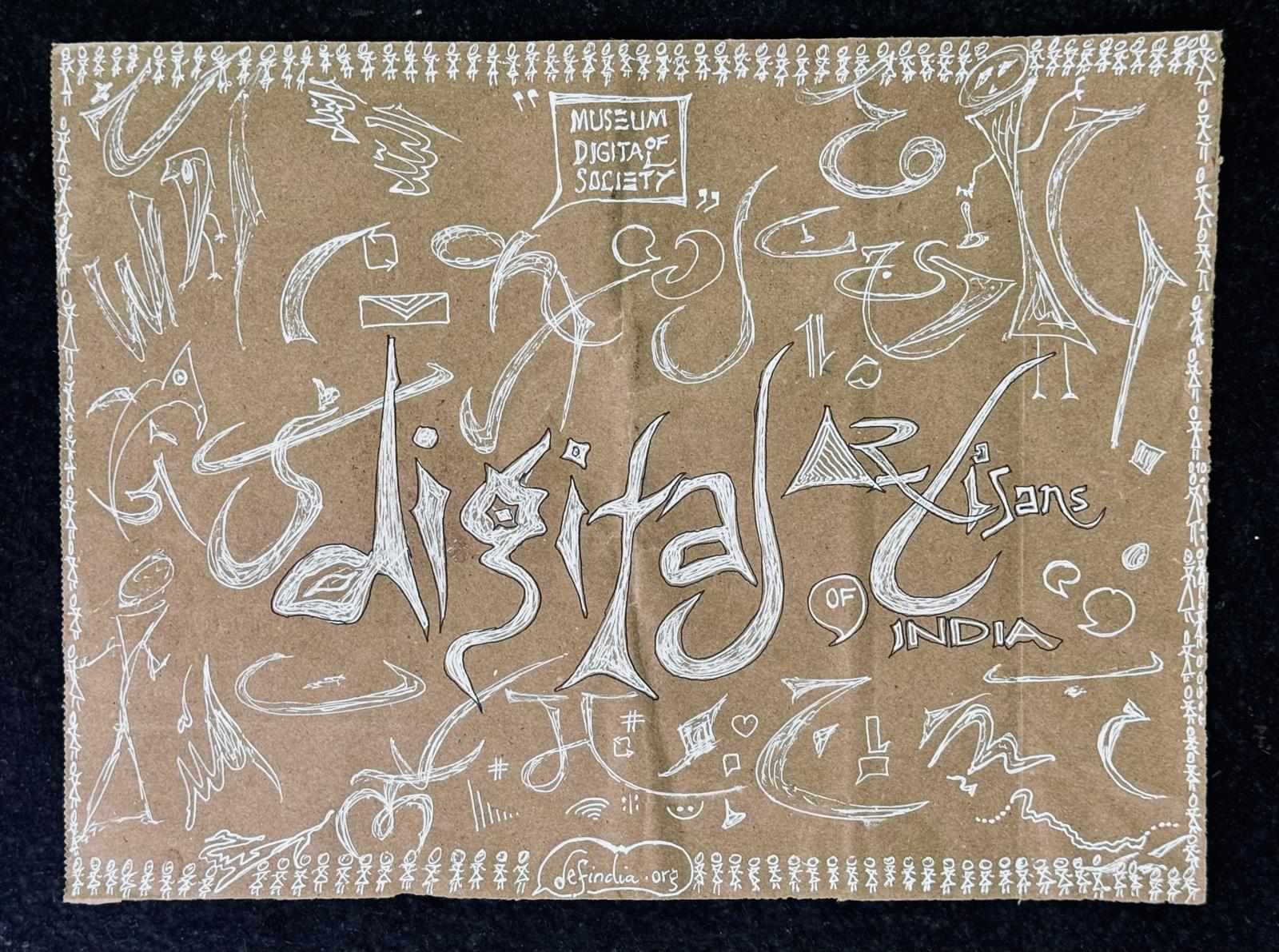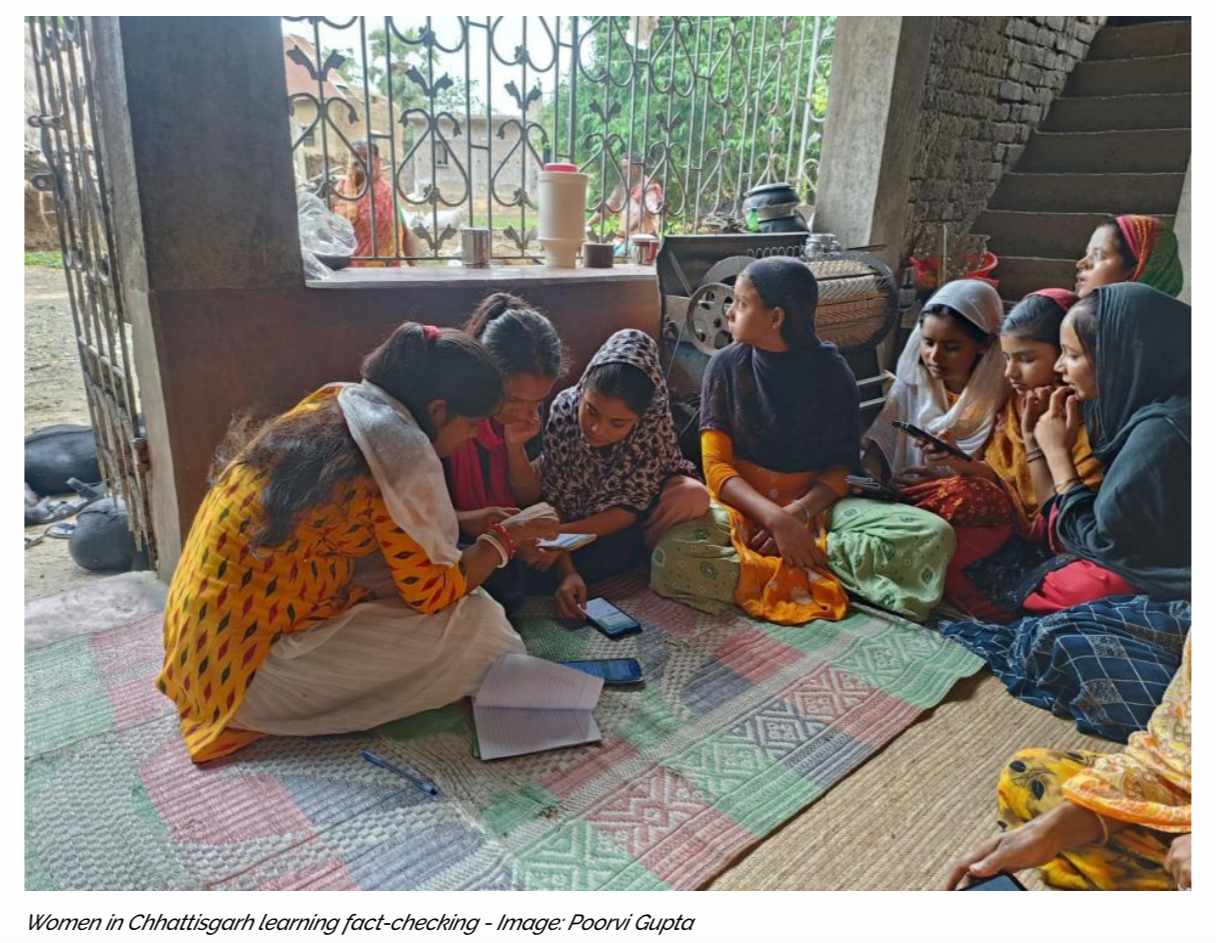
In an Independent India, 13,000 people said something and were booked under the Sedition Law. What they said, why the government thought they were seditious, and why the Sedition law itself does not conform to the Constitution of India, and why this law must go. As the Supreme Court passes a historic judgement on India's century-old, draconian, colonial-remnant sedition law, this week's TypeRight looks into whether this could mean enough for dissent and democracy in the country.
On February 2021, as the Swedish climate activist Greta Thunberg tweets about the farmers' protest in India, it starts to get a sudden rise in international coverage. One week later, a 22-year old climate activist, Disha Ravi was arrested by the Bangalore Police, charged with sedition charges- section 124A (and others) for plotting to “promote disaffection against Indian state.” They claimed she 'contacted activists abroad,' and was part of creating some 'online toolkit' that apparently 'brought shame to India.' Following protests, international condemnation, and legal procedures, she was released on bail about a week later.
Not everyone is like Disha. In October 2020, while India was shocked to hear of a caste atrocity, the rape and murder of a young girl in Hathras district in Uttar Pradesh, Siddique Kappan was one of many journalists who travelled there to report what had happened. Today, more than one and a half years later, he is still in prison after having been arrested that month, slapped with charges of sedition.
Siddique Kappan is one of over 13,000 citizens in the last ten years- journalists, activists, and otherwise- who have been languishing in prisons in India, undertrial, under a law that dates back to the British Raj. For over a hundred and fifty years now, changing governments have weaponised the law to suppress any dissent it feels unwelcome to their status quo.
As Article14 notes, through its meticulous research and visual documentation, the National Crime Records Bureau is perhaps the only source that deals with crime statistics, however, it is not fully reliable because of methodological issues and underreporting. "It does not offer context: It does not tell us why the case was filed, against whom and by whom, when and where. It also does not trace the journey of sedition cases through the judicial system. "
Article14's project, A Decade of Darkness, seeks to fill out this gap and document and trace all such filed cases:
And most of these cases have been indiscriminately targeting the nation's minority and marginalized communities: Muslims and Adivasis. In fact, 106 sedition cases were filed against those who posted allegedly “anti-national” or “pro-Pakistan” content on social media, reports Article14. What exactly qualifies is very vague. For example, in 2014, fifty-seven students were booked with the law for their crime of 'cheering for the Pakistan Cricket Team.' In another news from 2021, the state Chief Minister of Uttar Pradesh publicly announced that anyone celebrating the victory of Pakistan cricket team would be arrested under the same charges. The Pakistan cricket team that day had defeated the Indian side by a massive 10 wicket-margin.
Tracing down the list of people who were charged with sedition would leave one looking at some of our national heroes- people celebrated for their role in the Indian Independence movement, like Bhagat Singh, Bal Gangadhar Tilak, and even Mahatma Gandhi.
Now, there are clear statistics that show a marked increase in the number of sedition cases filed since the present Prime Minister assumed office in 2014. This does not, however, mean that other parties were restrained with their weaponising of the law.

In fact, thousands of cases were filed citing threats such as 'left-wing extremism' on people protesting the violent Operation GreenHunt, or by the Tamil Nadu CM Jayalalitha on villagers protesting the Kudankulam Nuclear plant.
AG Noorani's detailed piece on the history of the law, published two years ago gives insight into how the Supreme Court itself was responsible in bringing back the law which the Constituent Assembly had dropped. Quoting Jawaharlal Nehru from the article,
“Take again Section 124-A of the Indian Penal Code. Now so far as I am concerned that particular Section is highly objectionable and obnoxious and it should have no place both for practical and historical reasons, if you like, in any body of laws that we might pass. The sooner we get rid of it the better. We might deal with that matter in other ways, in more limited ways, as every other country does but that particular thing should have no place, because all of us have had enough experience of it in a variety of ways and apart from the logic of the situation, our urges are against it”
Article14's special coverage of the law is a resourceful repository to look at:
It is in this light that we look at the Supreme Court's reexamination of the validity of section 124A.
However, what does this really mean?
.jpeg)
Caravan Editor Vinod Jose, JNU activist Sharjeel Usmani, and Kerala activist Allan Shuhaib also thinks that this wouldn't be enough to save dissent. Vinod Jose asks if the centre will now reinvent another law to use in place, just like the old POTA had been renewed, and made stronger and harsher by the UPA government with the Unlawful Activities Prevention Act (UAPA) and the BJP's amendment to it.
Father Stan Swamy was the latest of several who have died undertrial under the draconian UAPA law. According to the National Crime Records Bureau, over 95% of cases under the UAPA are pending before various courts in India. What this means is that the process is the punishment, a tool to put dissenters in jail indefinitely, and hopefully for them, prevent more people from protesting. Something quite undemocratic. Allan, who was arrested under the UAPA in 2020 when he was 19 years old, similarly mentioned in a TV discussion how the sedition law would simply be replaced by the amended UAPA law.
What this could be, is to ignite a discussion- on how laws are weaponised against dissent, and how the striking down of sedition law could be one step closer to something our constitution has imagined.
In Other News
In updates from digital India, where this IE investigation looks into one of the houses that were demolished in the allegedly communally charged drive in Madhya Pradesh's Khargone.
Government plans to increase 'accountability' could also see further censorship of content:
.jpeg)
Also from 'digital India,' some revealing statistics on the government's prestigious Ujjwala scheme, one that demanded beneficiaries link their Aadhaar for basic welfare schemes.
.jpeg)
This news could be relief for many who were scammed and blackmailed by fraud moneylending apps that surfaced in the wake of the financial crisis brought in by the pandemic:

DEF Updates
We have launched A-CODE: Art & Collectives for Digital Empowerment, an effort toward finding ways to enhance collaboration among civil society organizations that are working in different sectors and advocating for a more pivotal role for the inclusion of the arts in social change:
From our digital and financial literacy program:
We conducted the second DEFDialogue with Rajiv Kumar, former vice chairman of NITI Aayog:
Looking forward to future collaborations:
Also, our monthly updates are available in the Digital Footprints Newsletter, which can be accessed here:
Until Next week, Ciao to our readers!































 might be?](https://sk0.blr1.cdn.digitaloceanspaces.com/sites/1394/posts/714526/dbc8de4c-5c50-411f-aba0-55cfb74a692d.jpeg)

Write a comment ...